5 Reasons Why Astronomy Is Better From The Ground Than In Space
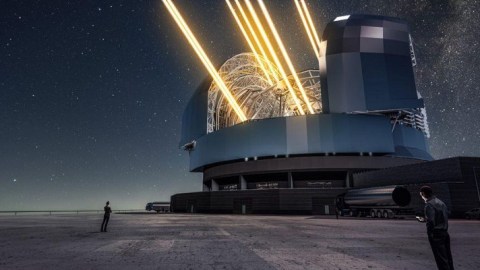
In 1990, the Hubble Space Telescope was launched, leading to a revolution in astronomy. But for many purposes, Earth is still the best place to be.
When you think about what’s out there in the abyss of deep space, whether you’re looking out at the planets in our Solar System or the most distant galaxies perceptible in the Universe, the instrument most people think about using for the best images and data is the Hubble Space Telescope. Perched hundreds of miles above the Earth’s atmosphere, issues like clouds, atmospheric distortion, turbulent air, or even pollution are no concern. Images are as sharp as the cameras and optics on board allow, and from its position off-world, it can look in any direction we want it to. Using it, we’ve seen wonders the likes of which we’ve never imagined; Hubble has shown us what the Universe truly looks like.
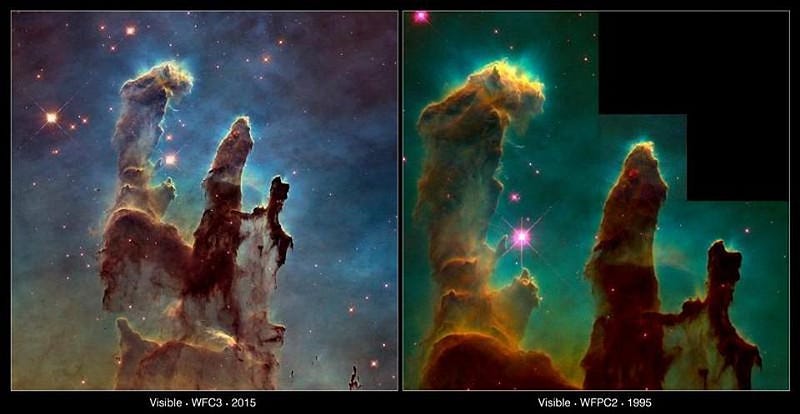
And yet, there are things we can do from the ground that are indisputably superior to anything we can do from space. There are images we can create and data we can collect that are simply impossible to do from space. Whether we’re using ground-based telescopes, balloon-borne observatories or even a high-altitude aircraft, there are many good reasons to remain here on Earth. Sure, flying above the atmosphere and receiving the omnidirectional perspective that going to space gives you are definite victories for the space telescope aficionados; there’s no way adaptive optics or a pristine observing site can compete with an observatory that doesn’t have the Earth to contend with. But there are some very compelling reasons to do astronomy on the ground, as there are benefits that you lose the instant you go to space. Here are the top five.
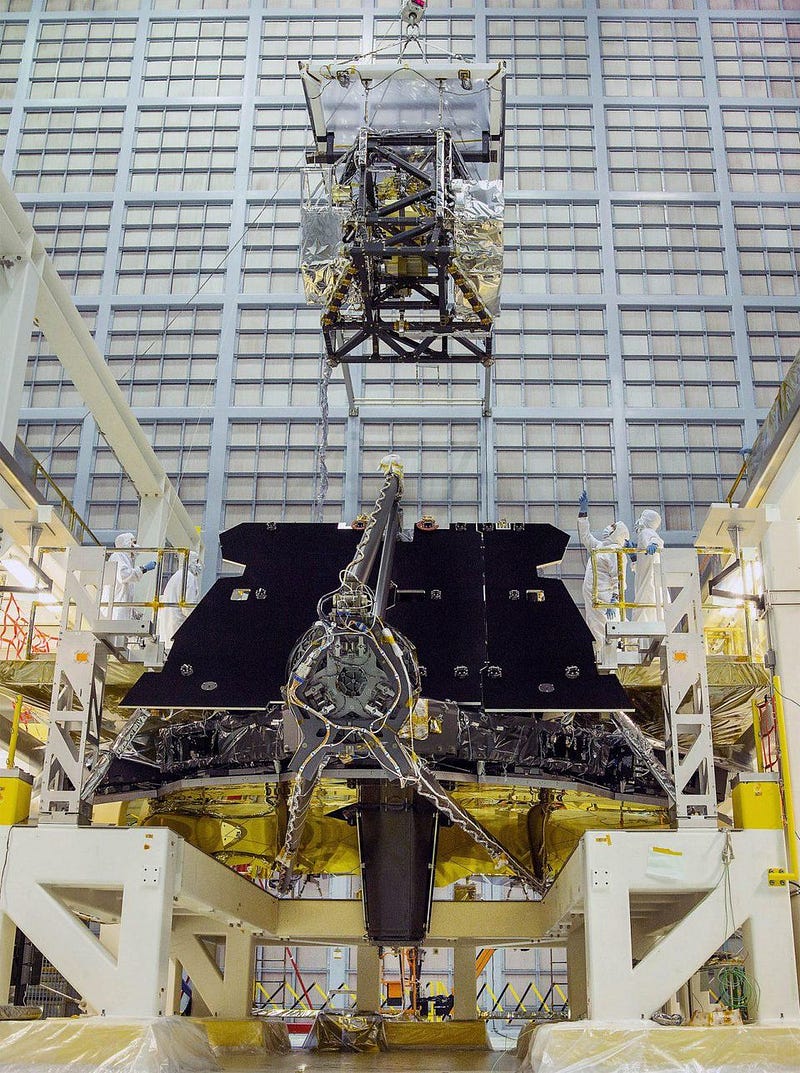
1.) Space telescope technology is obsolete, even before it’s launched. In order to launch a space telescope, you need to decide what you’re going to try to do with it, design-and-build your instruments, integrate them on board the observatory, and then launch it. For a mission like the James Webb Space Telescope, the design of its instruments was complete at the beginning of the decade; an instrument built today would have approximately seven years of superior technology integrated into it. Servicing a telescope in space is costly, risky, and in some cases (like when your telescope is out of reach of a crew-carrying spacecraft), practically impossible. But if your observatory is on the ground? Simply pop out the old instrument and pop in the new one, and your old telescope is state-of-the-art once again, to the limit of its optical design.
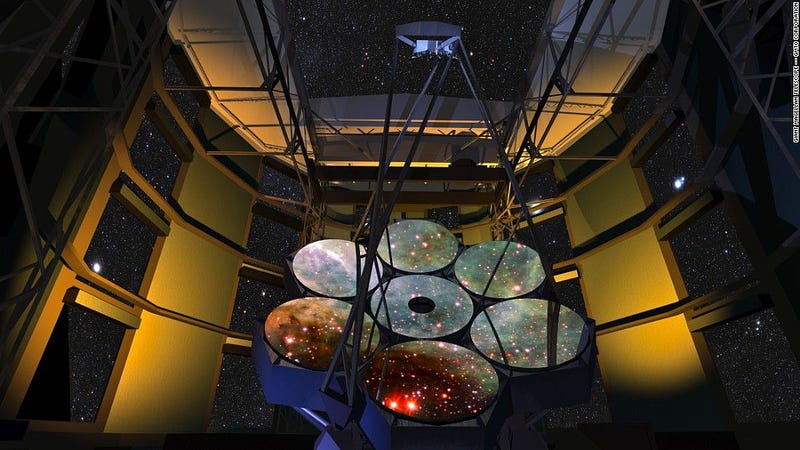
2.) You can build a larger observatory on the ground than you can in space. I can already hear your objection: that if you just spent enough money on it, you could launch as big a telescope as you wanted. That’s true, but only up to a point. Specifically, up to the point that your space-based observatory needs to fit into the rocket launching it! The Hubble Space Telescope is only 2.4 meters in diameter; the largest space telescope ever to fly is ESA’s Herschel, at 3.5 meters. James Webb will be bigger due to its segmented design, but each folded segment must fit aboard the rocket that will launch it. Even in NASA’s dreams, the LUVOIR space telescope concept tops out at 15.1 meters across. Yet on the ground, there are no neither size nor weight constraints, and three independent 30 meter-class telescopes are being designed and built: the GMTO, the ELT, and the TMT. In the radio, we can go even bigger, as facilities like Arecibo and FAST have demonstrated. In astronomy, size matters!
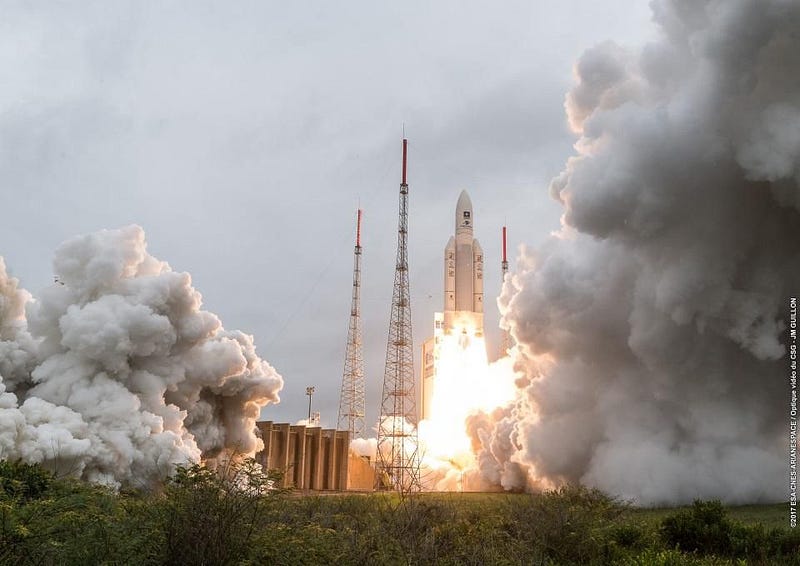
3.) You never have to worry about a launch failure. Ever hear of NASA’s Orbiting Carbon Observatory, designed to view how CO2 moved through the atmosphere from space? Probably not, since the satellite failed to separate from the rocket during the first few minutes of launch; the entire rocket-and-spacecraft assembly crashed into the ocean just 17 minutes after it first took off. The rocket that will launch the James Webb Space Telescope, the Ariane 5, had 82 consecutive launch successes, before suffering a partial failure just two months ago. Many space missions have come to a grim end due to a failure during launch, deployment, or orbital insertion; once you’ve launched, it’s virtually impossible to correct a spacecraft failure once something goes awry. From the ground, that will never occur.
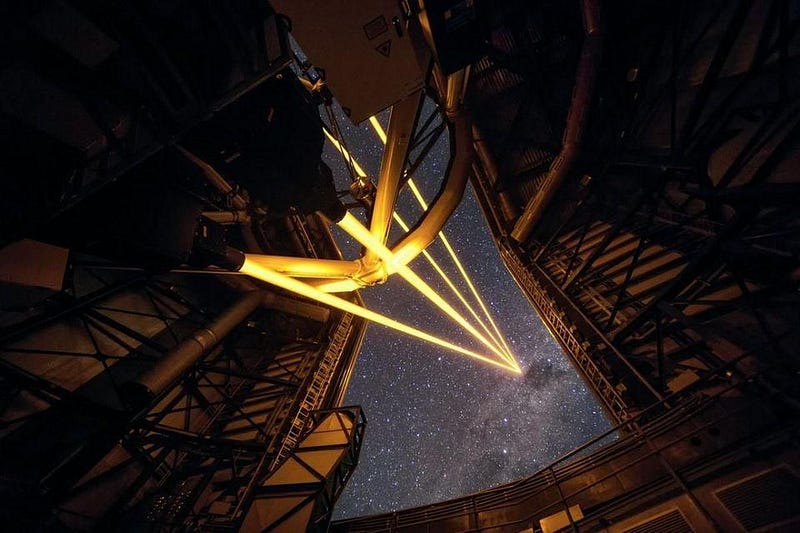
4.) Ground-based infrastructure is far superior to anything you have in space. Want to keep your spacecraft cool? Better bring all the coolant you’ll need for the duration of the mission, and/or hope your passive cooling system never gets damaged. Need to shield yourself from the Sun? Make sure you’re always pointing in the right direction and hope your gyroscopes never fail. Have an optical component that degrades, fails, or suffers a fault? In space, you’re stuck with what you’ve got. But on the ground, you can have extravagant maintenance facilities on-site. A faulty, dirty, or damaged mirror can be swapped out; infrared telescopes can be cooled indefinitely; repairs can be made by human hands in real-time; new parts and people can be shipped in at a moment’s notice. It’s a remarkable feat that Hubble has lasted for nearly 30 years, but it’s taken multiple servicing missions (and some luck) to make it so. On the ground, telescopes that are half a century old are still returning cutting-edge science. There’s no contest.
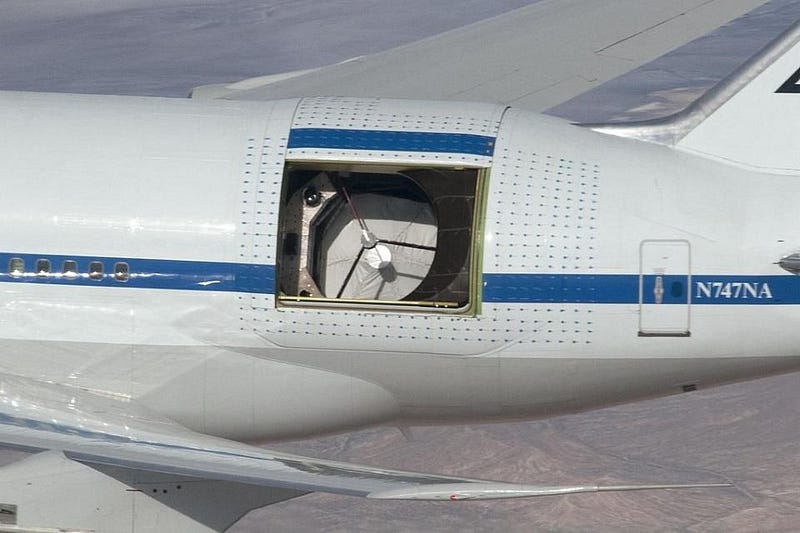
5.) On Earth, you can observe from anywhere you want. Once your observatory goes to space, gravity and the laws of motion fix, at any given time, exactly where that spacecraft is going to be. Plenty of astronomical curiosities can be seen from everywhere, but there are some spectacular events that require you to be in a very specific location at a particular moment in time. Occultations are an extreme example of this, where a distant, small object in the Solar System passes in front of a background star, but only for a brief instant in a particular location. Neptune’s moon Triton and New Horizons’ first post-Pluto destination, MU69, both occulted background stars, with Triton doing so regularly. Space telescopes have never been lucky enough to catch these, but thanks to mobile observatories like NASA’s SOFIA, we’ve learned how Triton’s atmosphere changes with its seasons, and we’ve even discovered a small moon around MU69! Because we don’t put all our eggs in the telescopes-in-space basket, we can do the unique science that the light arriving at our world enables.
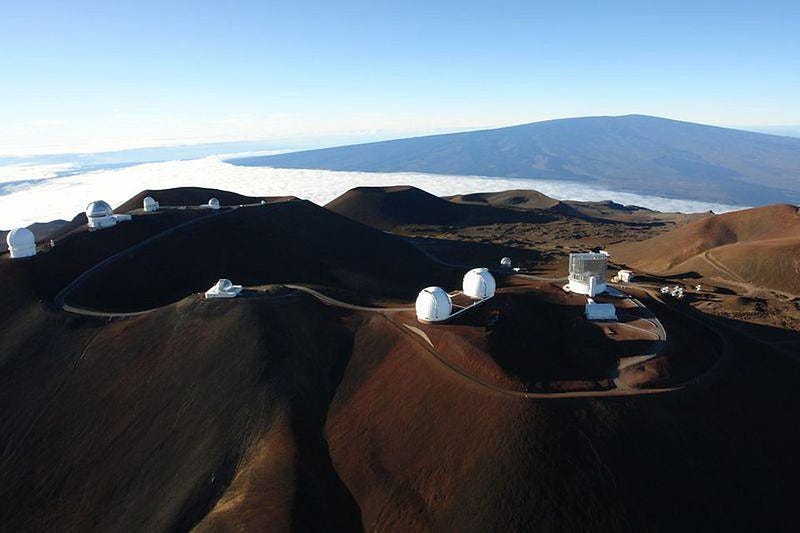
As a bonus, the two major advantages of going to space can be effectively equaled from the ground with the right technological innovations. By building our observatories at very high altitudes in locations where the air is still — such as atop Mauna Kea or in the Chilean Andes — we can immediately take a large fraction of atmospheric turbulence out of the equation. The addition of adaptive optics, where a known signal (like a bright star, or an artificial star created by a laser that reflects off of the atmosphere’s sodium layer, 60 kilometers up) exists but appears blurry, can allow us to create the right “mirror shape” to de-blur that image, and hence all the other light that comes along with it. Additional improvements, such as using multiple guides simultaneously, can achieve 99% of what you achieve from space, but with tens or even hundreds of times the light-gathering power.
And finally, the atmosphere is largely transparent to not only visible light, but to a wide variety of wavelengths that are out there. These “atmospheric windows” allow us to peer anywhere we like in the Universe so long as the light can get through. While gamma rays, X-rays, and many infrared wavelengths truly can only be seen from space, there are huge ranges of the electromagnetic spectrum that are literally just as good to view from Earth. Radio waves are the most stunning example of this, where many orders of magnitude of frequencies are just as pristine from the ground as they are from space. There are a number of highly effective atmospheric windows in ultraviolet, visible, and infrared light as well.
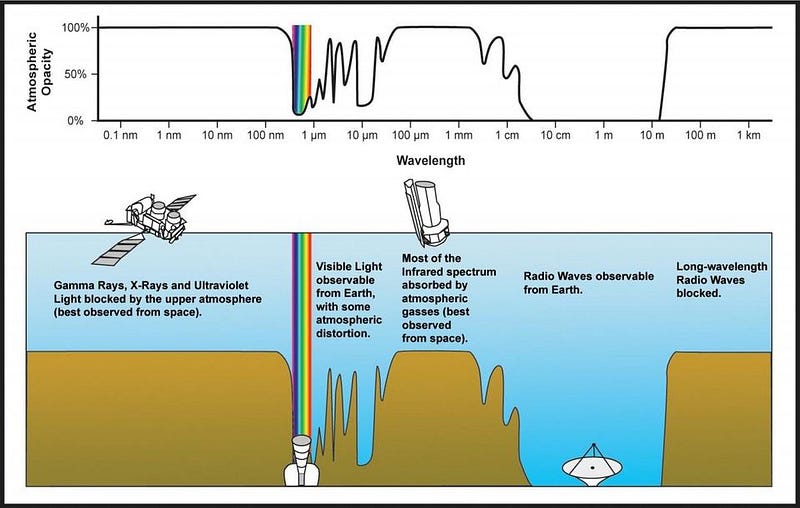
There are many good reasons to do astronomy from space, and a whole slew of impressive objects we can see and wavelengths we can explore that are otherwise closed off to us from the ground. But in terms of versatility, reliability, maintenance, size, and state-of-the-art technology, Earth is still the best place to be. As high-altitude locations and balloon-or-aircraft-borne observatories become more common, we have to worry less and less about the oldest nemesis of the astronomer: clouds. If we can keep our skies clear and dark, Earth-based astronomy will continue revealing new secrets about the Universe for generations to come.
Ethan Siegel is the author of Beyond the Galaxy and Treknology. You can pre-order his third book, currently in development: the Encyclopaedia Cosmologica.





